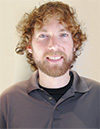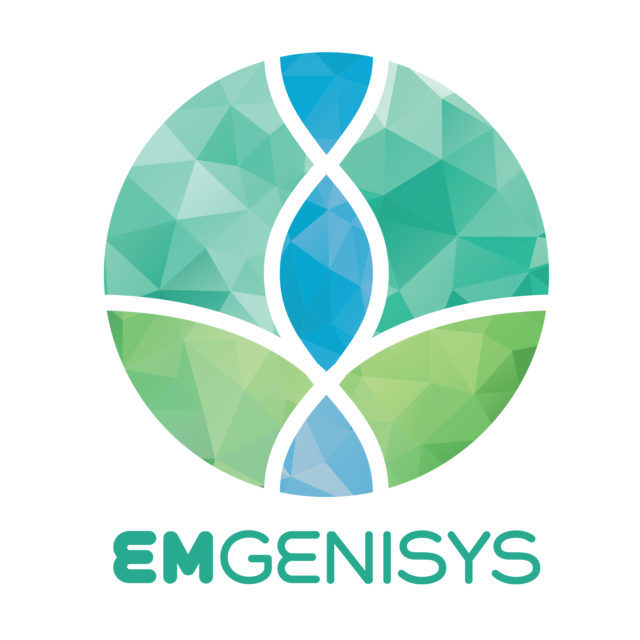A dodgy-looking drifter in a visor hat gives Kevin Costner a tiny lime tree and insists, “This one is for free.” Kevin Costner stares at him blankly and then epically states: “Nothing’s free in Waterworld.”
Costner’s response (in addition to immediately becoming my email handle) was laced with a bit of irony, as the 1995 film Waterworld became not only an embarrassing bust but also one of the most expensive films of its time.
Nonetheless, its futuristic sci-fi setting – in which the entire earth is covered in water – is starting to look a little prophetic. Land surface continues to disappear as the polar ice caps melt due to global warming, and there is an increasing population trying to exist on that diminishing soil.
We might eventually find ourselves, like Kevin Costner, living on the ocean.
Except farmers, right? The one thing you can’t do in the middle of the ocean is run a dairy farm … right?
Welcome to Waterworld, people.
The Dutch companies Beladon, Courage and Uit Je Eigen Stad have partnered together to create the Floating Farm, a 40-cow dairy operation that will sit atop the water in a Rotterdam harbor. The platform will stretch almost 13,000 square feet and include two stories.
On the top, cows will frolic among artificial trees and a milking robot system. They will walk on a soft surface that will allow the urine to pass through and be collected to fertilize the alfalfa and clover grown on the bottom floor under an artificial light.
Also on the ground level will be a yogurt processing facility that will supply Rotterdam residents with fresh dairy products. The Montbeliard breed, originating from France, was chosen for the project, and they will not only be fed the forage grown on the Floating Farm but also bakery and brewery wastes from local businesses. The cows can also walk off the platform onto real pasture via a ramp. Currently, the three floats that will buoy the platform are under construction.
According to the founders, the drive behind the Floating Farm is to find a way of feeding growing urban centers that are not only increasing in population but using the greenspace around them for additional housing.
Floating agricultural enterprises are meant as a way for cities to have direct access to fresh food products as well as perhaps to have a chance to experience farming itself – even if it’s not done by traditional methods. The Floating Farm is designed to be “circular,” meaning all of its waste and byproducts are meant to be recycled back into its production to keep it self-sustaining.
Given the scope of the project, the Floating Farm is expecting to face challenges along the way. Costner’s observation rings true again, as the project is anticipated to cost 2.5 million euros ($3 million) by the time it’s up and running.
Also, any farmer looking at the artist’s rendition of the Floating Farm will notice an absence the city-dweller might overlook: There’s no manure. The pictures include perfectly clean cows on a pristine floor wandering in an idyllic greenhouse-like environment.
Having a dairy farm in the middle of an urban landscape will mean a lot of people having to get used to a smell they aren’t familiar with. A pig farm was proposed in the center of The Hague in 2009 but was never constructed because of public opposition. The opportunity of Rotterdam’s population getting to see where their food comes from also invites the possibility they might not be able to handle it.
Costner had gills and webbed feet in Waterworld – and therefore was better equipped to handle life on the ocean. I’m not sure if I’m ready to see if I can deliver a calf without getting seasick or give up baling hay in the sun for watching it grow under ultraviolet bulbs.
These type of projects tend to have more of a “See, it can be done” objective rather than being expected to be realistic or economically feasible. Still, it is a way for innovation in the dairy industry to express itself and may lead to further productive research in the future.
It is also an attempt at creating a sustainable small-scale dairy farming system that will give urban residents something to watch from the banks of their city while, at the same time, inadvertently emphasizing the climate and population crises facing the planet are very real.
Fruits and vegetables were hard to come by in Waterworld, and there wasn’t a cow in the entire movie. That’s not a world I want to live in. ![]()
Ryan Dennis is the son of a former dairy farmer from western New York and a literary writer.

-
Ryan Dennis
- Columnist
- Email Ryan Dennis







